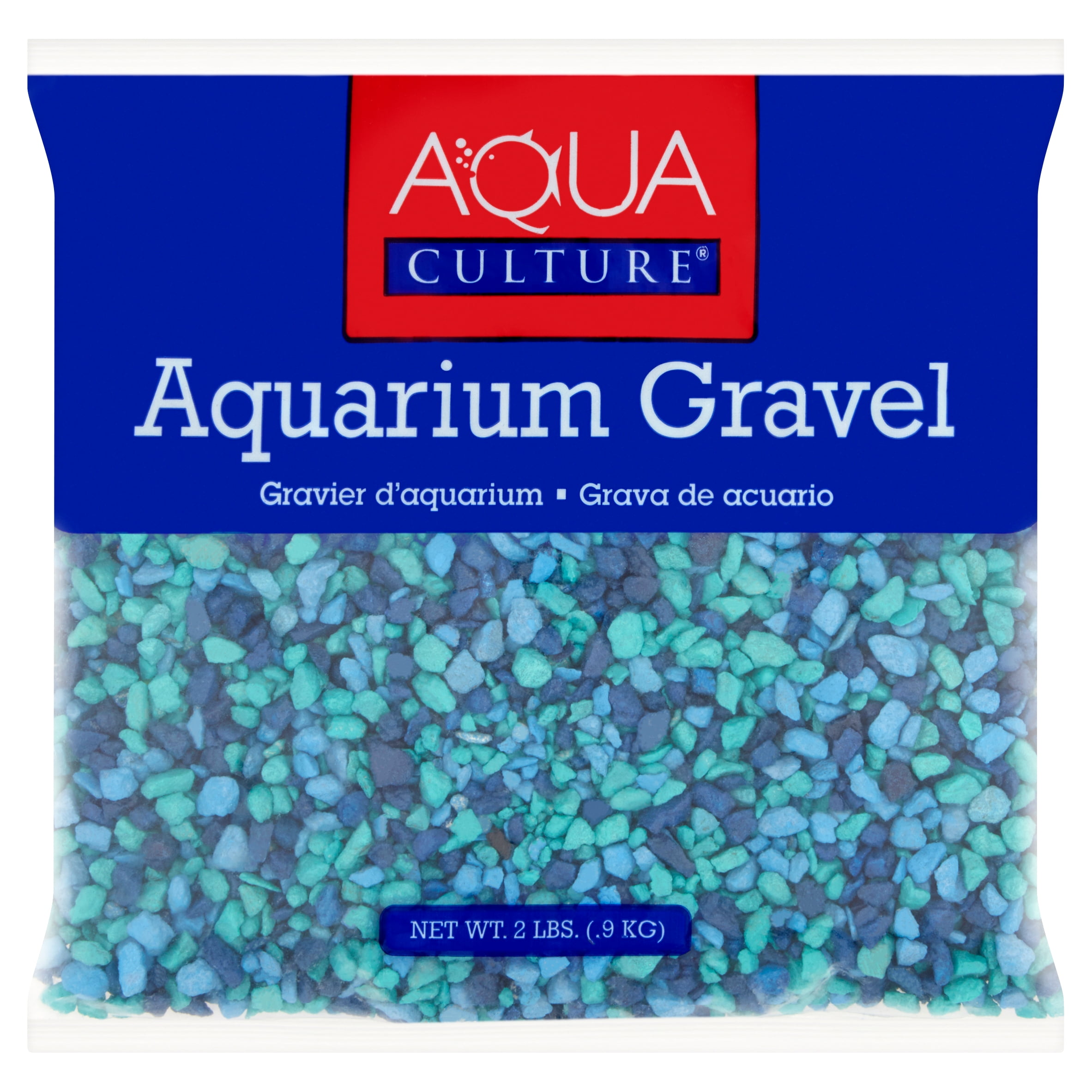

The next question is how do you keep your substrate clean? The volume of biological waste and the amount of unconsumed fish food should be monitored. If you are raising larger fish then you should also expect the same. If there are more fish in the tank then expect the water to get dirty a lot faster. The huge determining factor here is the population of the aquarium occupants. On average, you will need to clean your tank once a week. To prevent toxic build-up in the aquarium and to avoid health problems for your fish, you should make it a point to clean the tank regularly.

You don’t have to inspect every small piece but you can at least run your hands on a sample and feel the gravel if they’re smooth or not. The large pieces shouldn’t have any shards or sharp edges to them. Other than the colour, you should also inspect the quality of the gravel. We would however recommend that you choose a natural looking gravel as this will benefit your fish! The paint of course will eventually peel off and may get eaten by your fish.

The only reminder that you should be aware of is that you shouldn’t get the gravel that has colours painted on them. The colour of the gravel of course is all up to you. That means that you will have to loosen them up from time to time or spread them during tank clean up time. These compressed patches will then create small areas in your fish tank where there is little oxygen. Now, smaller pieces of gravel may not have those gaps. That means you really have to take the time to clean larger pieces of gravel in case you opt for them. After a while, all that unconsumed fish food will accumulate and become toxic for the fish. The gaps in between these gravel pieces are also big enough to allow food particles through. Large gravel has lots of space in between them. Having said all of that, both of these gravel types have their own downsides. On the other hand, fine gravel will look more natural, thus mimicking the natural habitat of your fish. Larger gravel will come in a variety of colours. Each of which will have a different aesthetic effect on your aquarium.

Most likely you will end up choosing between large gravel and fine gravel. Now this is another important decision that you have to make. it has a capacity of more than 55 gallons) then you can keep the gravel layer up to 3 inches in depth. After that, cover that initial layer with a layer of gravel (about two inches in depth). Spread the nutrient layer first (about an inch deep). In case you intend to grow aquatic plants in the tank so your fish can have something to nibble on from time to time (well, they also make your aquarium look pretty and really natural) then you may add a 1 inch nutrient layer underneath the layer of gravel. It is recommended that fish tanks that have a capacity of 55 gallons and below should be provided with a layer of gravel that is about 2 inches deep. You should find out the total capacity of your aquarium (i.e. The answer of course will vary depending on the size of your tank. This is actually one of the first things that come to mind when you set up your aquarium with tropical fish.


 0 kommentar(er)
0 kommentar(er)
